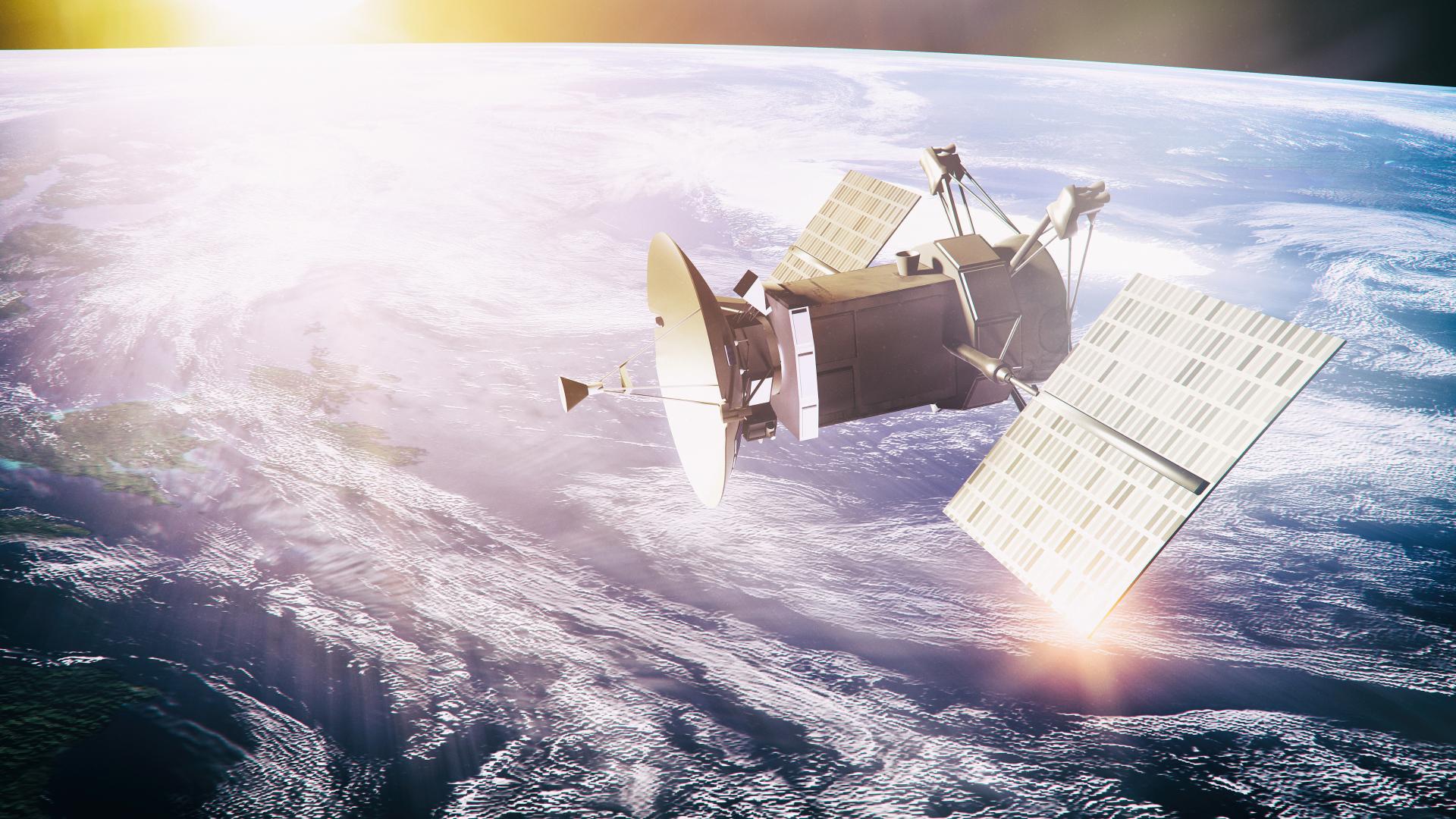Satellite carrying capacity in low Earth orbit diminished by greenhouse gases
Greenhouse gases are compromising the satellite carrying capacity of LEO.

Conducted by researchers from the Massachusetts Institute of Technology and the University of Birmingham, the study shows that increasing greenhouse gases, such as carbon dioxide, lead to more heat being emitted into space as infrared radiation. This process cools and shrinks the upper atmosphere.
This shrinkage decreases atmospheric density in the low Earth orbit area, which lessens atmospheric drag—the force that brings down aging satellites and debris by pulling them to altitudes where they encounter air molecules and ultimately burn up.
"The sky is quite literally falling – just at a rate that's on the scale of decades," remarked William Parker, the study's lead author and a graduate student in AeroAstro. "And we can see this by how the drag on our satellites is changing."
Researchers conducted simulations to analyze the potential impacts of carbon emissions on the upper atmosphere and orbital dynamics. The results suggest that due to the effects of greenhouse gases, the satellite carrying capacity in low Earth orbit may decline by 50-66 percent by the year 2100.
"More satellites have been launched in the last five years than in the preceding 60 years combined," Parker stated. "At the same time, there's been a massive increase in the number of satellites launched, especially for delivering broadband internet from space. If we don't manage this activity carefully and work to reduce our emissions, space could become too crowded, leading to more collisions and debris."
Alejandro Jose Martinez for TROIB News
Discover more Science and Technology news updates in TROIB Sci-Tech












